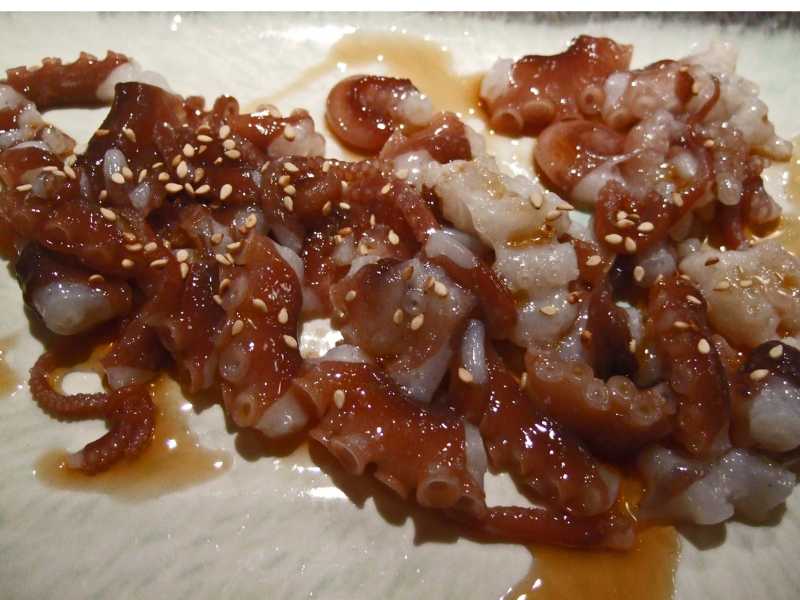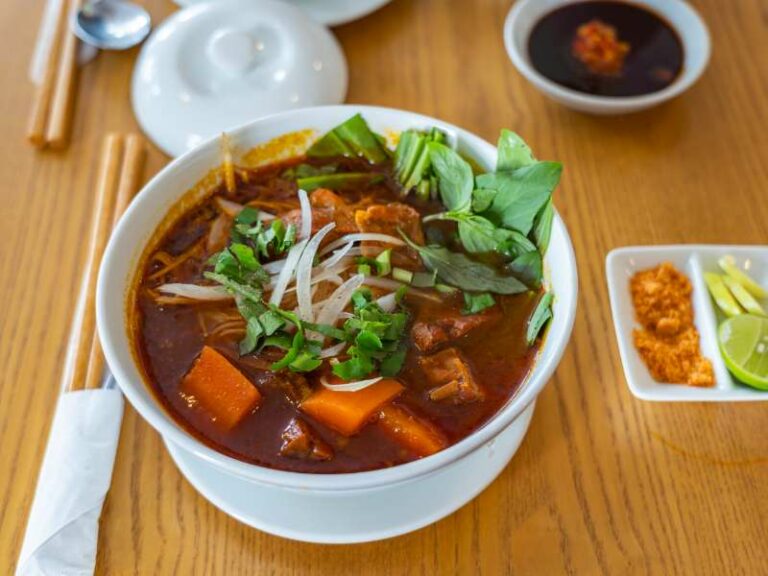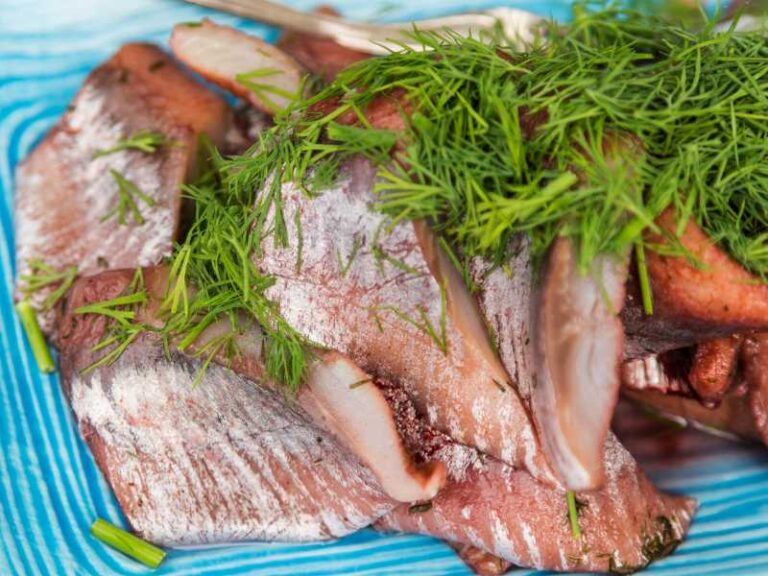South Korean Sannakji (Live Octopus) Dish

Sannakji is a South Korean delicacy in which octopus is eaten while still moving. The octopus is flavored with a mixture of herbs, oil and spices, just before it is consumed. It is eaten as a side dish alongside other small plates of sauce and vegetables.
San in this sense means alive or living. Nakji is a small, long armed octopus that is used to make this dish. There are three ways to eat sannakji. In the first method, the octopus is removed from its water, held in place by wrapping around wooden chopsticks and dipped in sesame oil and eaten whole, but this is rare.
The second way is to remove the octopus from is water, chop into bite sized pieces and serve immediately. It is then dipped in sauce and eaten.
In the third method, the octopus head is removed but the tentacles are kept long and intact. Being so fresh, the chopped octopus keeps on moving as it is flavored and eaten. Besides sesame oil, sannakji is flavored with sesame seeds, ginger and garlic or chili peppers-based sauces.
Ojingeo-san-nakji which means spicy octopus, is served covered in gochujang, a red chili paste.
Eating raw octopus can be dangerous. Since the octopus is still moving, the suckers on the tentacles still work. They must be chewed well and swallowed thoroughly to avoid the suckers attaching the tentacles to the side of the throat, becoming a choking hazard.
Origin and Cultural Significance
It’s unclear when and where within Korea that sannakji originated. It’s believed to come from a coastal region and has been a delicacy in Korea for several hundred years. In Seoul alone there are hundred eateries that serve sannakji, ranging from seafood restaurants to bars that serve it as a drinking snack.
Koreans believe that octopus is superfood and that eating it raw can preserve it’s nutritional value.






